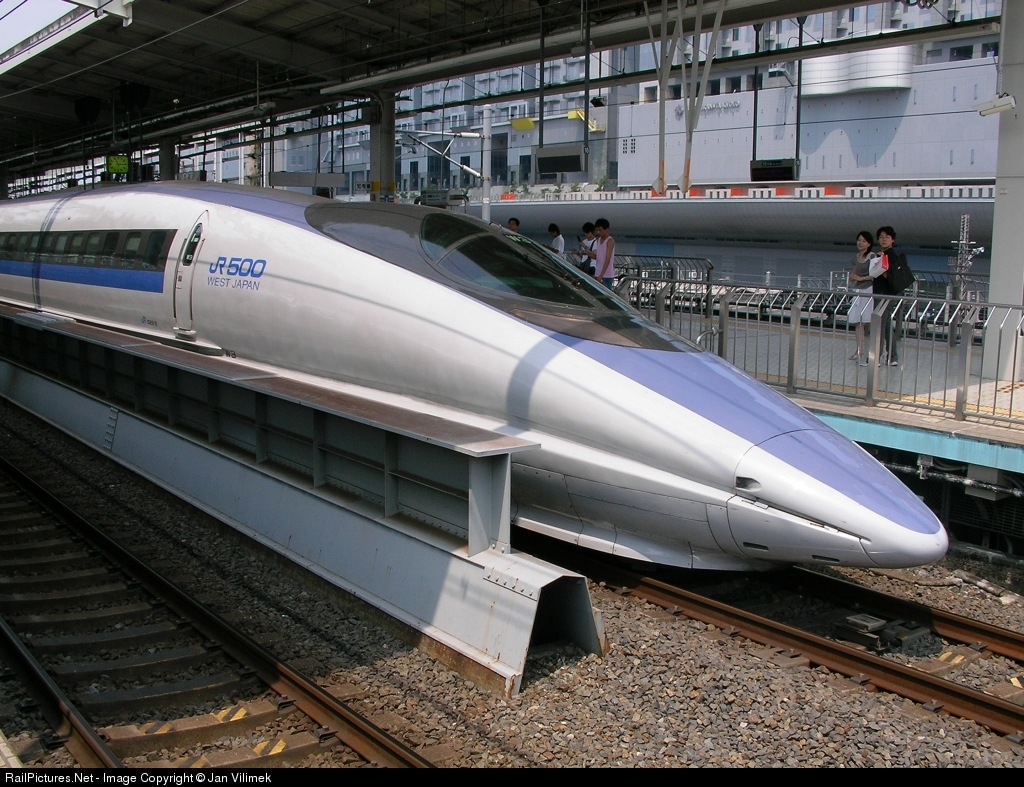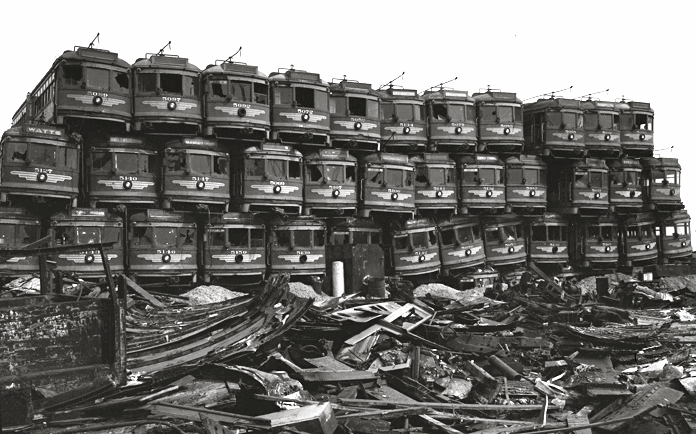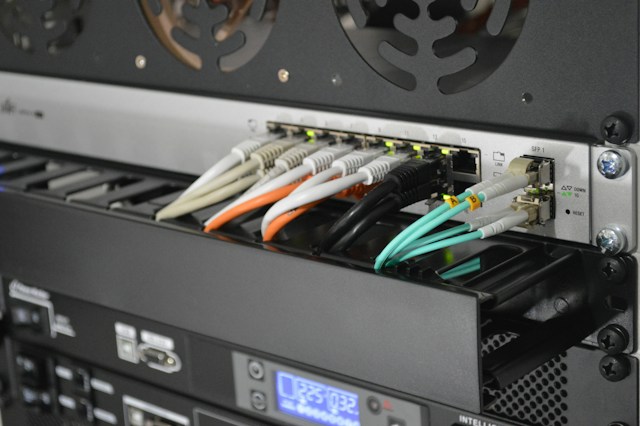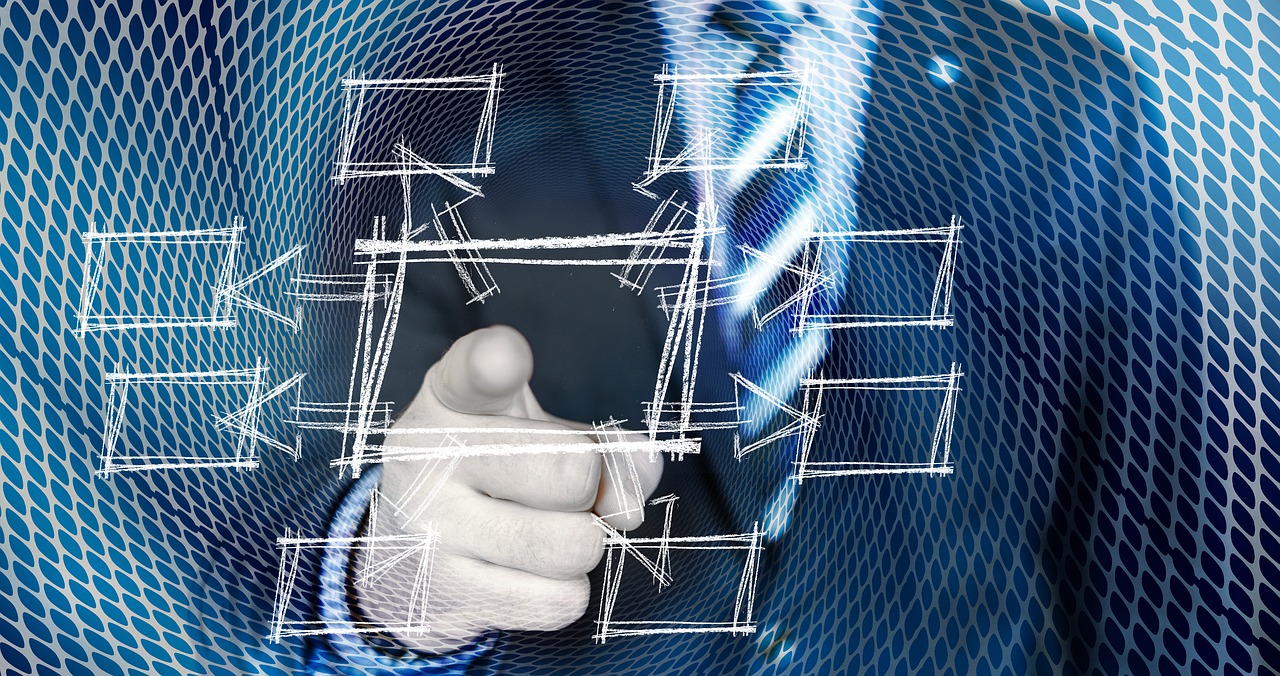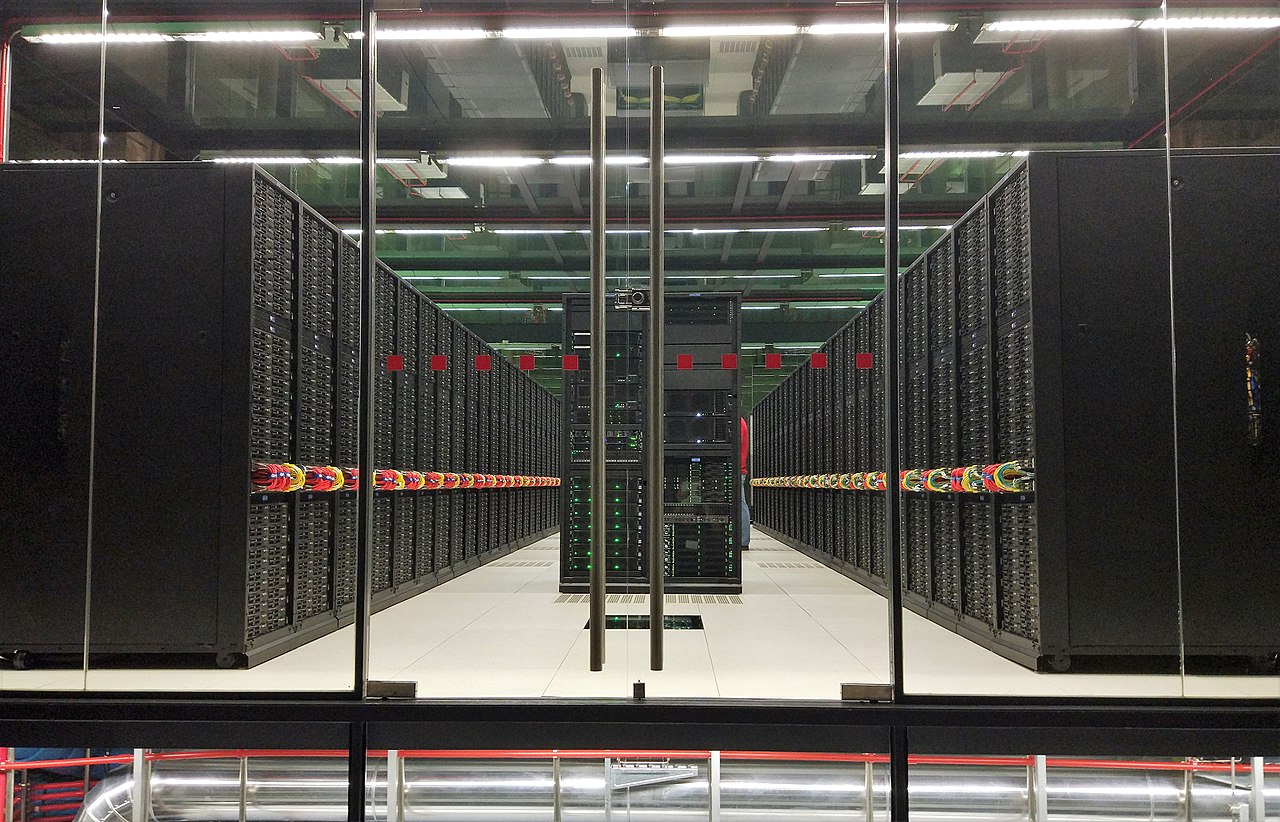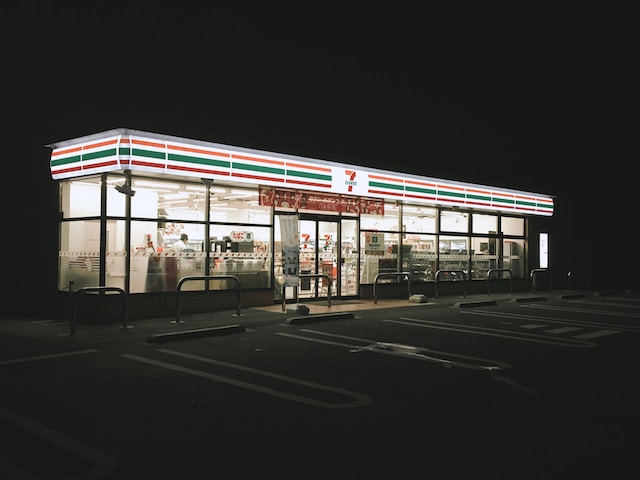Leave it up to the Japanese. That’s what I always say.
As a well educated and worldly elder Japanese once told me, Japanese are capable of incredible evil and of incredible good. As far as trains go, the Japanese have done a world of good and if others around the world can learn from them, good karma will spread further.
I lived in Greater Tokyo for nearly a decade, and while some aspects of the Japanese lifestyle do not agree with my constitution, I was simply amazed at, among other things, the quality and efficiency of the train lines. While cities like Boston in the US struggle with some of the world’s oldest train systems, losing money hand over fist, it might be a good time to look at how the Japanese do things.
Granted, the US isn’t a country that could fit into a California-sized area and Americans like their big stuff, especially cars. However, if we are to make progress, we need big-picture thinking that results in better lifestyles, cuts our dependence on fossil fuels, reigns in an auto-centric culture and leaves a better country for future generations.
The General Motors Streetcar Conspiracy
Truth be told, the US car industry – GM who sold 9,959,000 units in 2015, made sure that transportation based on public trains systems died a quick death. They bought up thousands of miles of track in cities around the US, retired the trains and replaced them with bus lines which they knew would prompt every American to run for local dealers. The following image shows the results of this Machiavellian strategy:
In another move that kicked public transportation while it had one foot in the grave, covered by IndustryTap in “Visions of the Los Angeles that Could Have Been,” the oil industry powers-that-be in Los Angeles nixed the idea of an elevated transport system to maximize profits and control.
Back to the Japanese
The following slide show, presented by Hisako Nishio at a meeting in Singapore a few months ago, shows the following:
- Railways have inherent environmental advantages that can’t be ignored.
- While railways reduce overall CO2 emissions by keeping automobiles off the road, they still emit CO2, and there are a range of strategies the Japanese use to reduce CO2 emissions from their vast railroad system.
- Japanese are focused on sustainability and carbon reduction
- Run a PROFITABLE train system through smart planning in creating retail, restaurants, shopping centers, fitness clubs, hotels and office buildings as part of their footprint so as to put the system on solid footing. And with all those eyeballs, Japanese rails make a lot of money on advertising.
- Run the fastest train in the world.
- Emit just 3.4% of total transport sector CO2 emissions while providing 29% of the travel.
- Railways have a lower carbon footprint than automobiles, airplanes, and buses.
- With all the territory covered by Japan’s railways, they are starting to install solar panels to power operations, and even sell energy back to the grid.
- Because Japan’s railways are run so well and have plenty of passengers, they have enough money to keep their infrastructure up-to-date and to seismically reinforce facilities like bridges.
- And much more!
Related articles on IndustryTap:
- Japan Railways Automated Ticket Gates Named IEEE Milestone
- Japan’s New 311 MPH Maglev Train Successfully Completes First Public Test
- Passengers Will Never Want to Leave Japan’s New Luxury Train
References and related content:

